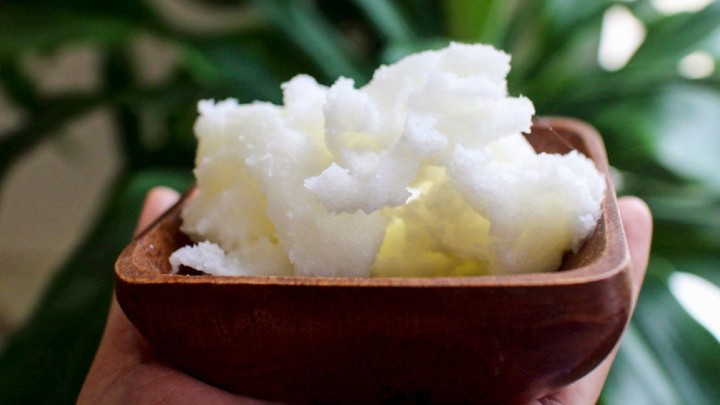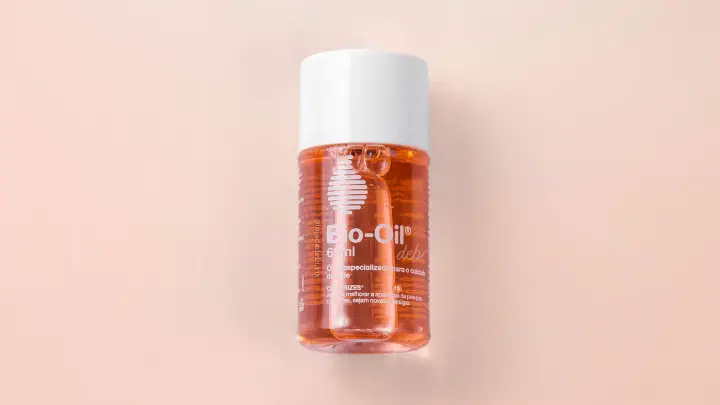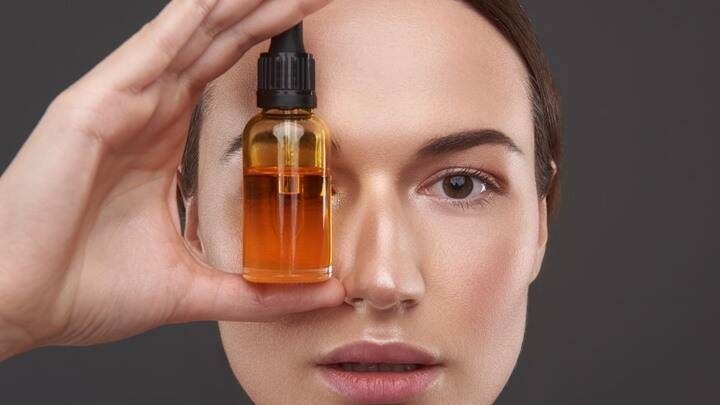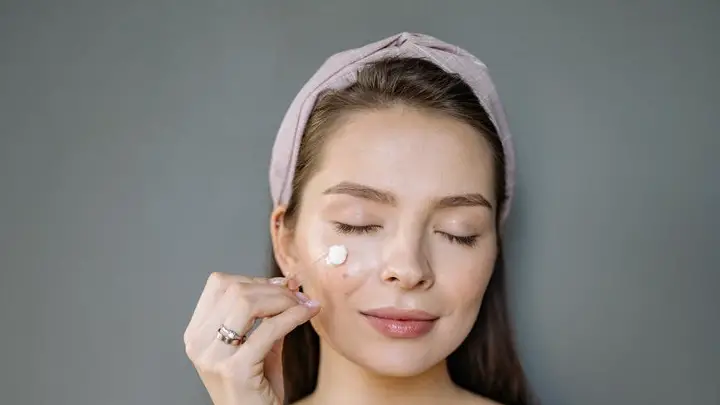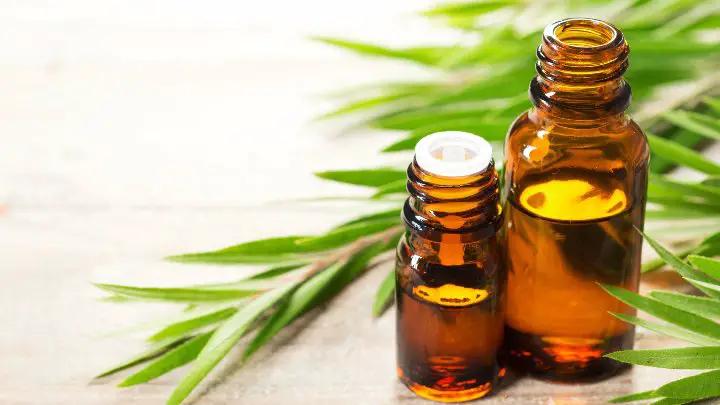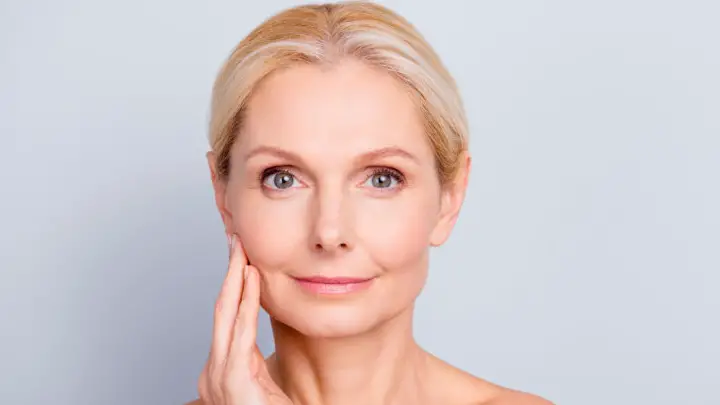Due to the popularity of both shea butter and cocoa butter, there is a debate concerning which one is best for your skin. To ease your curiosity on the cocoa butter vs Shea butter debate, this article explores the similarities and differences between both kinds of butter.
Both kinds of butter have several benefits to the skin as they are natural fats that contain nourishing properties. This makes them ideal ingredients used in several cosmetic products such as lip balms, body creams, lotions, and hair products.
These two natural fats are known to be the best due to their moisturizing abilities. Even though both kinds of butter have similar benefits to the skin, they work differently and have different properties.
Read ahead to discover comparisons of both kinds of butter to help you find out the right one that suits your needs.
Cocoa Butter vs Shea Butter
Cocoa butter is a natural fat extract from cocoa beans—which are seeds gotten from a cocoa tree. Mostly found in South and Central America, cocoa is also cultivated in West Africa.
On the other hand, shea butter is a nut extract that is derived from nuts obtained from the shea tree. Also known as karite tree, the shea tree grows mostly in Central and West Africa.
Asides from their source, below are the key differences between shea butter and cocoa butter:
Texture
Cocoa butter has a harder consistency compared to shea butter. Shea butter is soft and can easily absorb into the skin. You can easily squash a small amount of the butter with your fingers. To top that, it melts as soon as it makes contact with the skin.
On the other hand, cocoa butter is very hard and thick. You will need to use a knife or other similar tool to break it. Unlike shea butter, you can’t break it off using your fingers.
You may even need to warm it up first before you can break it. However, it will also melt once applied to the skin but not as fast as shea butter.
Appearance
Unrefined shea butter has a light ivory color while unrefined cocoa butter has a dark brown color. However, raw shea butter can also come in other color shades such as cream, grey, or yellow.
Refined shea butter comes in a white color shade and has fewer nutritional benefits. This is because it goes through high levels of solvents when it is in the refinery.
Aroma
Raw cocoa butter has a nice, strong chocolate scent which makes it a nice choice if you care about scent more than nutritional value. Raw shea butter has a nutty smell that is not so pleasant.
Life span
Cocoa butter can last for a longer period compared to shea butter. With a shelf life of about five years, cocoa butter wins the spot here. Shea butter only lasts for about two years.
It loses its effectiveness quicker than cocoa butter, and this is due to the natural ingredients it contains. Once the ingredients break down, the butter becomes less effective.
Shea Butter vs Cocoa Butter for Hair
You may be lost on which one to use for your hair after learning the benefits of each. This is especially because they contain similar properties and perform similar functions.
However, due to the thick consistency of cocoa butter, you may want to reconsider your choices. Due to the thick consistency of cocoa butter, it is comedogenic and can clog the hair follicles.
Therefore, it is necessary to stay away from using it, as this will help save your scalp from breaking out.
Shea butter contains high levels of vitamins and nutrients that can help to nourish the scalp and hair. With its good vitamin A and E content, using shea butter will help to provide your hair and scalp with enough nutrients to stay healthy.
On the other hand, cocoa butter has cocoa mass polyphenol properties which can harm the hair and scalp.
Therefore, shea butter is the best option for your hair and scalp. It will help to moisturize your hair to keep it soft and free from dryness and frizz. It will also help to nourish your scalp and repair damage.
Shea Butter vs Cocoa Butter for Skin
When it comes to moisturizing dry skin, these two kinds of butter work nicely to provide the skin with enough nourishment to keep it moisturized. Using either one of them will help to repair and revitalize dry and damaged skin.
They both contain significant levels of fatty acid—which is known to improve the skin barrier and elasticity. Using either one of these kinds of butter will help to protect your skin from free radicals.
They also contain anti-inflammatory properties that help to relieve skin irritation. Introducing either cocoa butter or shea butter into your skincare routine will help to promote smooth, healthy skin.
They are both rich in palmitic, stearic, oleic, linoleic acids, and vitamin E—which are essential nutrients needed for repair and collagen synthesis in the skin.
However, cocoa butter is comedogenic in nature and can clog the pores when applied to the skin. If you have oily and acne-prone skin, shea butter is the best option for you. Shea butter will help moisturize your skin without clogging your pores.
If you are allergic, shea butter is also a better option for you. Cocoa butter contains cocoa mass polyphenol which causes the skin to be hypersensitive to certain substances. This can worsen skin conditions such as eczema and other forms of dermatitis.
Both kinds of butter help to heal and fade scars, heal dryness of the skin, and repair damaged skin. Shea butter contains anti-microbial and anti-inflammatory properties that help to fight off and soothe infections.
Cocoa butter is rich in vitamin E, which is an antioxidant that helps to protect the skin from free radicals and environmental damage. It also forms a protective layer on the skin to help seal in hydration.
On the other hand, Shea butter contains vitamins E and A—which are vitamins that help to strengthen and repair the skin. It also contains caffeic acid which helps to protect the skin from the sun. Linoleic acid is another property of shea butter that helps seal in moisture.
Cocoa Butter vs Shea Butter for Stretch Marks
Cocoa butter penetrates the skin to help retain moisture in the inner layer of the skin. While it does that, it also deposits vitamins A, and E as well as stearic acid into the skin. This will help to improve the appearance of scars on the skin.
Using cocoa butter will help to lighten stretch marks and may also prevent their formation on the skin. However, Shea butter seems to be a better option for reducing the appearance of stretch marks as it does not clog the pores. It also doesn’t stick to the skin.
Shea butter also contains more vitamins and nutrients that can help to reduce the appearance of stretch marks more quicker.
Cocoa Butter vs Shea Butter for Scars
For the clearing of scars also, shea butter seems to be the best choice for clearing scars. The vitamin F and fatty acids in shea butter have strong anti-inflammatory properties.
These properties work to reduce inflammation in the skin by penetrating the skin to deposit moisturizing properties into the skin tissues. This results in the weakening of the scars and the reduction in their appearance.
Vitamin E in Shea butter is known for its healing and protecting abilities. While stearic fatty acid and allantoin are known for being active skin cell regenerators. This makes shea butter an ideal choice for scar clearing.
Using Shea butter on your skin will help to reduce the appearance of your scars by developing new skin cells to replace the damaged ones. Not only will it even out your skin texture, but it will also work to make your skin tone even.
Cocoa Butter vs Shea Butter for Dark Spots
Continuous use of cocoa butter will lighten stretch marks and may even prevent their formation. On the other hand, shea butter is rich in vitamins A and E and is beneficial for skin repair.
You can also get rid of skin discoloration, rashes, and dark spots using shea butter.
Cocoa Butter vs Shea Butter for Lips
Shea butter is also a better option for your lips as it will help to moisturize your skin deeply. It has a more moisturizing effect on the skin compared to cocoa butter.
Shea butter also contains anti-inflammatory properties that can help to soothe chapped, dry lips. However, cocoa oil can also moisturize the lips and its nice chocolate scent makes it a pleasant choice too.
Cocoa Butter vs Shea Butter for Eczema
A study reveals shea butter to be effective in treating eczema. The results of the study show that shea butter helps to reduce the symptoms of eczema more than vaseline. The researchers also noticed that the participant’s skin became brighter as well.
Using unrefined shea butter without extra add-ons can help to resolve eczema in babies. To use Shea butter as an eczema treatment, apply it on your skin as a moisturizer after warm baths.
Cocoa Butter vs Shea Butter for Wrinkles
Both kinds of butter can help to revitalize the skin by stimulating the production of collagen and elastin in the skin. They also help to improve the skin’s elasticity, tone, and texture.
As with other skin concerns, shea butter works best to retain skin elasticity and softness boosts the production of collagen, and increases blood circulation. Also. It promotes skin regeneration to help slough off rough and dry skin cells from the surface of the skin.
Frequently Asked Questions
Should you use cocoa butter or shea butter for natural hair?
Use shea butter for your natural hair. Using shea butter for natural hair will help to soften your strands and can also help to redefine your curls.
Using cocoa butter on your hair could clog up your hair follicles. This can cause your hair to fall out more and prevent hair growth.
Is cocoa butter harder than shea butter?
Yes, it is. Cocoa butter has a thicker consistency compared to shea butter. This makes it suitable for soap making instead of shea butter, especially if you want to make bar soap.
However, the thickness is one of the reasons to not use it on your skin, as it can clog up your pores and lead to breakouts.
Can you use cocoa butter and shea butter together?
Yes, you can. Cocoa butter and Shea butter can be used together to solve skin concerns.
You can use your cocoa butter to formulate a body soap and apply unrefined cocoa butter on your skin to replenish and improve the appearance of your skin.
Conclusion
Shea butter remains the best option between the two kinds of butter as it contains more nutrients and vitamins. Using shea butter on your skin will effectively help to soothe inflammation, and reduce acne breakouts as it doesn’t clog the pores.
Additionally, it will work to enhance collagen production in your skin and stimulate cell regeneration. All of these work together to reduce aging signs and keep the skin plump and smooth.
Thanks for reading.
Visit Serum101 for more comparison guides to help you choose the best products and ingredients for your skin.
